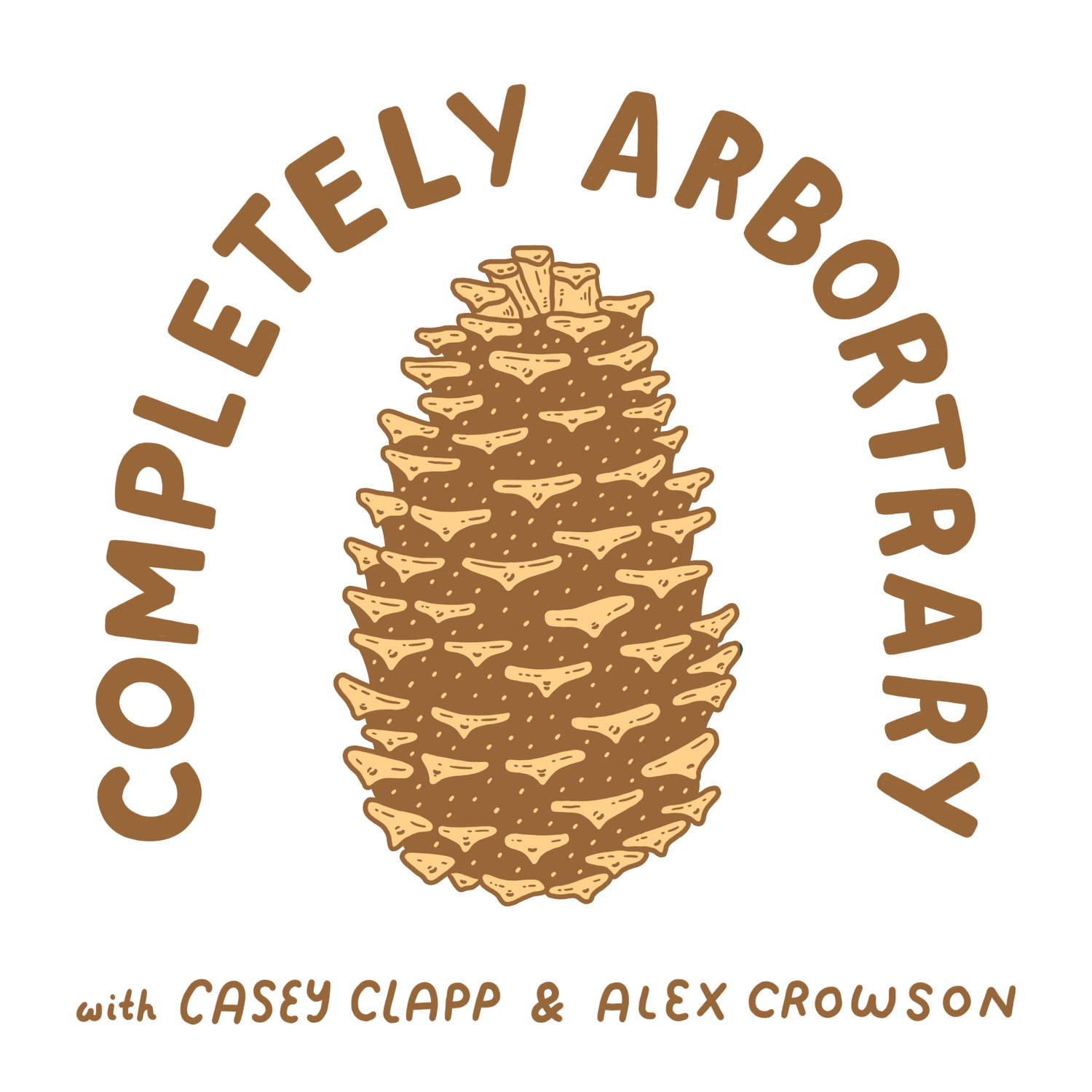DEATH BY 1000 BEETLES (LODGEPOLE PINE)
This week we're talking about the tragic tale of the lodgepole pine (Pinus contorta). Human greed, voracious beetles, and graveyard forests... it's our most depressing episode yet, but don’t worry, we still have fun.
Lodgepole Pine
(Pinus contorta)
Over the last several decades the mountains of western North America have been a stage for a grand ecological spectacle. To one of the players upon the stage, it’s been an extravaganza: free food everywhere, comfortable accommodations, and an endless party with all their friends. To the other player, it’s a catastrophe: cramped conditions, heat that’s way too high, and an almost certain likelihood of being eaten to death.
The sylvan player in this production is the lodgepole pine (Pinus contorta). This tree is a classic inhabitant of the forests of western North America, commonly found from the mountains of western Canada south down the spine of the Rocky Mountains and throughout the intermountain west to the Cascades, Sierra Nevada, and Coast Ranges of California.
The lodgepole pine is in fact one of the most widespread trees in the west with several distinct varieties. The species itself seems to be actively speciating: trees growing along the coast are diminutive, short and twisted trees, while trees growing inland are tall, straight forest dwellers adapted to a much drier landscape. One can almost imagine, after another several million or so years of isolation away from each other, they would simply become different species altogether.
Our second player is of the entomological variety: the mountain pine beetle (Dendroctonus ponderosae). This little beetle has developed with the lodgepole pine (and other native species of pine in the west, as well) for millions of years and has pursued a very specialized lifestyle. The mountain pine beetle burrows into and under the bark of certain pine trees and lays its eggs between the wood and the bark. When its brood hatches, the little grubs are literally living in their larder because they feed on the cambium layer of the tree.
Though this is clearly a boon for the grubs, it’s a horror story for the trees because the cambium layer is the life blood of the tree. The cambium layer is essentially the vascular system of the tree responsible for moving water, nutrients, and carbohydrates from one section of the tree to another.If this layer gets disrupted too severely, the tree will die. So naturally, the pines fight back and try to expel the beetles when they enter. Heathy trees with all the resources they need (water especially) are generally successful in their defense. Stressed trees, however, aren’t always so lucky, and right now there are a lot of stressed trees in our forests. And it’s all our fault.
So how did we find ourselves here? How is this our fault? The answer comes down to our modern distrust of fire and how we’ve chosen to manage our lands. Before European settlement and land management, natural and indigenous-set fires were as common in the west as the lodgepole pine. The trees (and the beetles) had adapted to these circumstances and forests on the whole were very resilient to fire, indeed often dependent on them for regeneration. Forests were made up of widely spaced, large old tree with thick bark, and resources were available for all. The beetles, like lions hunting prey, would find stressed individuals cull the herd, but the resilience of the forest as a population would keep the beetles’ population sustainable.
Once fires were suppressed and the land was divided and managed for timber or were simply just cut and left to grow back, this balance shifted. Without fires, the trees grew back in thick stands and crowded in and competed for resources (water especially). With so many vying for the same amount of resources, few got all they needed, and stressed trees abounded. The beetles, as always, did their thing. Only now, the resilience of the stressed forest was too low and wave upon wave of beetles spread across the west signaling the arrival of a tragic crescendo.
Can one blame the beetle for the destruction of the forest? It’s simply performing the role it’s performed with the same scene partners for millions of years. It seems unfair to villainize the beetle in the same way it’s unfair to villainize water for filling a hole in the ground: it’s what it does by nature. It’s the circumstances under which the performance is operating that have changed. The stage managers tweaked the system, but as always, the show goes on. The real question is will we find the balance again before the curtain falls?
Completely Arbortrary is produced and hosted by Casey Clapp and Alex Crowson
Support the pod and become a Treemium Member
Follow along on Instagram
Find Arbortrary merch on our store
Cover art by Jillian Barthold
Music by Aves and The Mini-Vandals
Episode cover photo by Peter Stevens
Additional Readings
The lodgepole pine (Pinus contorta)
The sounds of the forest
Some beetle facts

